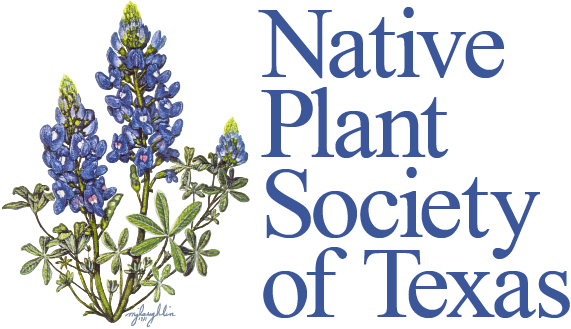Interest in native landscaping in the San Antonio region is rapidly growing, creating a need for individuals who are knowledgeable in the field. The Native Landscape Certification Program (NLCP) was developed to fulfill that need. The program consists of a series of day-long classes that teaches best practices for native plant landscaping in Texas.
The San Antonio chapter has created a directory of individuals who have completed NLCP classes and are offering their services and expertise to the public. This directory was created as a reference to the public in order to help find individuals who can help them in native landscaping of their yards and businesses and is targeted to those living in the San Antonio area. These services are offered either on a voluntary basis or charged for a fee:
- General Consultation (landscape design, plant ID, native plant suggestions, other)
- Native Landscape Design
- Native Landscape Installation
- Native Landscape Maintenance
Disclaimer: This information provided is from individuals who passed the test at each NLCP level listed, and neither the Native Plant Society of Texas nor the NLCP take responsibility or liability for information or services provided by the individuals listed. If you have any questions, please do not hesitate to contact us.
